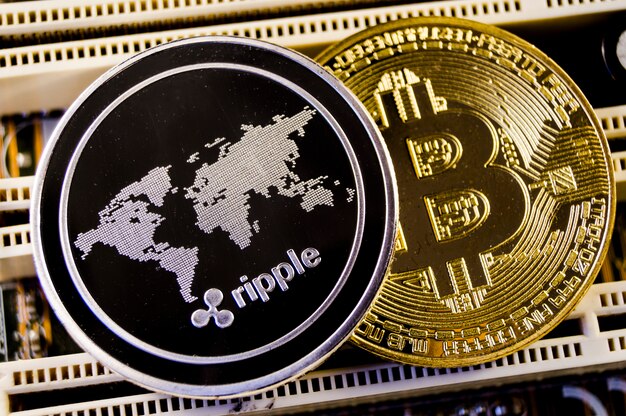Discovering the Total Amount of Bitcoin Available Today
In the vast, increasingly digital world of cryptocurrencies, Bitcoin remains a beacon of financial innovation—a virtual gold standard since its inception in 2009 by the enigmatic figure, Satoshi Nakamoto. But how much Bitcoin actually exists is a question that often arises for those new to the crypto space. Understanding this can provide valuable insights into its scarcity, similar to finite precious metals, which underpins much of its value.
The Magic Number: 21 Million
The total number of Bitcoins that will ever exist is capped at 21 million. This limit is hardcoded into Bitcoin's code and was set by Satoshi Nakamoto. As of today, over 19 million Bitcoins have already been mined, with the remaining quantity expected to be mined over the next decades through a process called "halving," which reduces the reward miners receive for processing transactions roughly every four years. This mechanism ensures that Bitcoin remains a scarce resource, enhancing its value and investors' trust.
Scarcity and Value
The scarcity of Bitcoin mimics that of gold and other limited resources, fostering its role as a digital store of value. This finite supply distinguishes Bitcoin from traditional fiat currencies, which governments can print in unlimited quantities. As demand rises and supply remains fixed, Bitcoin often emerges as a hedge against inflation, attracting many investors seeking to safeguard their wealth.
Lost and Forgotten: The Unreachable Bitcoin
Interestingly, not all of the 21 million Bitcoins will be accessible. It's estimated that around 3 to 4 million Bitcoins are permanently lost due to forgotten private keys or discarded hardware. These dormant Bitcoins also contribute to the prevailing scarcity, frequently impacting market dynamics.
Exploring Financial Pathways Beyond Bitcoin
While the allure of Bitcoin investment is undeniable due to its potential for value appreciation and diversification, it's essential for individuals to explore other financial avenues to secure their economic future. Here are a few considerations:
Government Aid Programs: Many governments offer assistance programs for individuals and families in need. These can include housing assistance, food subsidies, and healthcare aid, ensuring basic needs are met during financial hardships.
Debt Relief Options: For those burdened with overwhelming debt, numerous debt relief options exist, such as consolidation loans, negotiation strategies, and credit counseling, available through various financial institutions and non-profit organizations.
Credit Card Solutions: Credit cards can be powerful tools when managed properly—offering rewards, cashback, and buildup of credit history. Understanding interest rates and opting for the right card is crucial for effective personal finance management.
Educational Grants and Scholarships: For aspiring students, numerous scholarships and grants are available to alleviate the burden of educational expenses. These can range from merit-based to needs-based, providing vital support in obtaining higher education.
Embracing a Balanced Financial Approach
Navigating the multifaceted landscape of finance requires a balanced approach—one that blends traditional investments, like educational advancement and credit management, with modern opportunities such as cryptocurrency. Diversifying financial portfolios and understanding available support mechanisms ensures resilience in the face of economic fluctuations.
Financial Assistance and Opportunities at a Glance
- 📉 Government Aid: Access financial aid through local and national programs.
- 💳 Credit Card Management: Choose and use credit cards wisely for benefits and credit scores.
- 🔄 Debt Relief: Explore consolidation, refinancing, and negotiation options.
- 🎓 Educational Support: Apply for scholarships and grants to ease education costs.
- 📈 Cryptocurrency: Invest prudently in Bitcoin and other digital assets as part of a diversified portfolio.
This comprehensive approach to personal finance, alongside the allure of Bitcoin and other emerging financial technologies, makes for a robust foundation in today's ever-evolving economic landscape.
